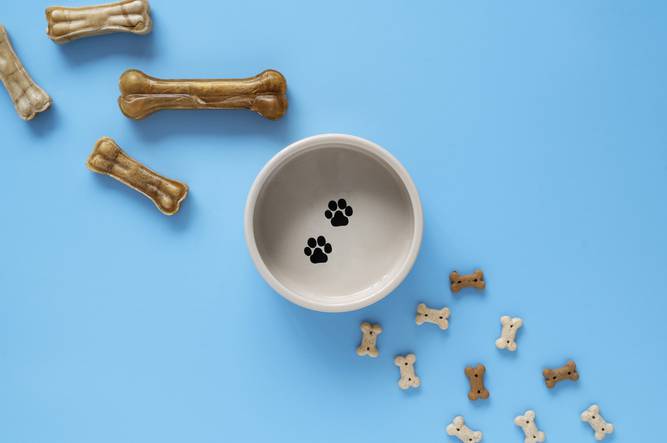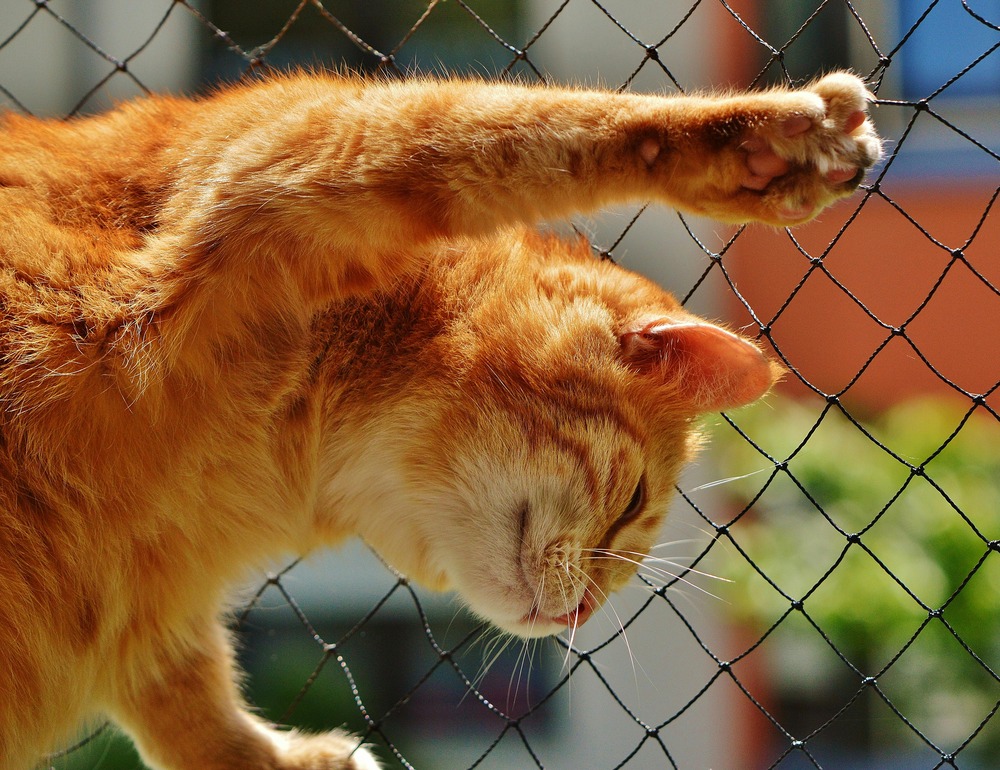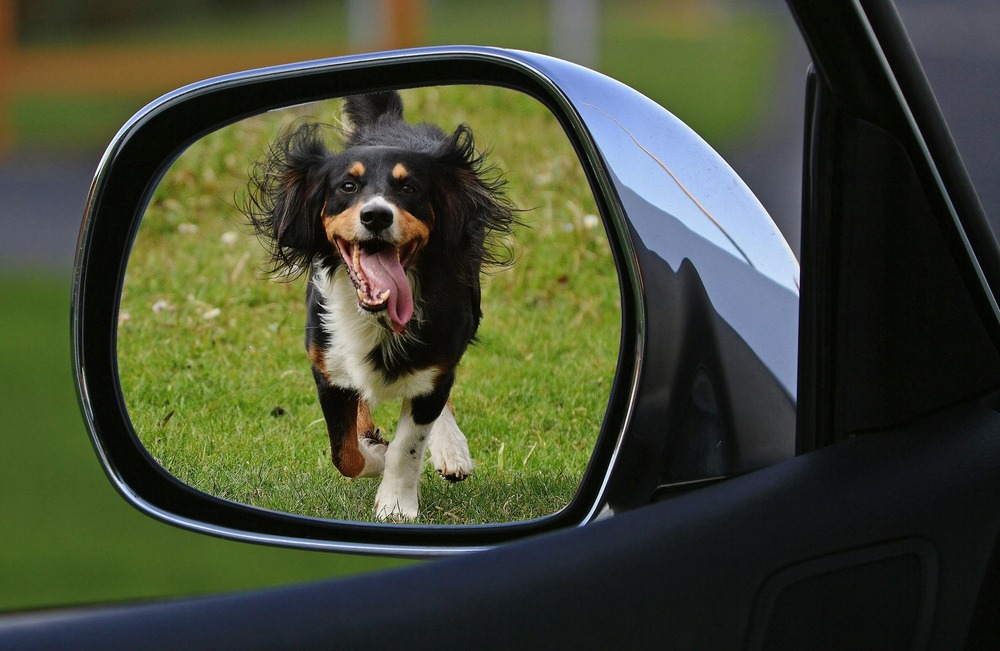Food aggression in pets, particularly dogs, can be a significant concern for many pet owners. This behavior often manifests as growling, snapping, or even biting when food is present. Understanding the root causes of food aggression and how dietary changes can help modify this behavior is crucial for creating a harmonious home environment. In this blog, we will explore the statistics surrounding food aggression, delve into dietary solutions, and provide actionable tips to help you manage and reduce food aggression in your furry friends. ?

Understanding Food Aggression
Food aggression is a form of resource guarding, where pets feel the need to protect their food from perceived threats. According to a study published in the Journal of Veterinary Behavior, approximately 20% of dogs exhibit some form of food aggression. This behavior can stem from various factors, including genetics, past experiences, and environmental influences.
Key Statistics on Food Aggression
| Statistic | Percentage (%) |
|---|---|
| Dogs exhibiting food aggression | 20% |
| Dogs that have been rescued | 30% |
| Dogs with a history of neglect | 40% |
| Owners who report food aggression | 15% |
These statistics highlight the prevalence of food aggression, especially among rescued and neglected dogs. Understanding these numbers can help pet owners recognize the importance of addressing this behavior early on.
The Role of Diet in Behavior Modification
Diet plays a crucial role in a pet's overall health and behavior. A well-balanced diet can significantly impact a dog's mood, energy levels, and even their propensity for aggression. Here are some dietary changes that can help reduce food aggression:
-
High-Quality Protein: Dogs require protein for muscle development and energy. A diet rich in high-quality protein sources, such as chicken, fish, or lamb, can help stabilize their mood and reduce anxiety, which may contribute to food aggression.
-
Regular Feeding Schedule: Establishing a consistent feeding schedule can help dogs feel more secure about their food supply. This predictability can reduce anxiety and the need to guard food.
-
Incorporating Omega-3 Fatty Acids: Omega-3s, found in fish oil and flaxseed, have been shown to have anti-inflammatory properties and can improve mood. A study from the University of Pennsylvania found that dogs receiving omega-3 supplements exhibited less aggressive behavior.
-
Avoiding Fillers: Many commercial dog foods contain fillers that can lead to digestive issues and irritability. Opting for grain-free or low-carb diets can help improve overall health and behavior.
Dietary Changes and Their Impact
To illustrate the impact of dietary changes on food aggression, we can look at a case study involving two groups of dogs over a six-month period.
| Group | Initial Aggression Level | Post-Diet Aggression Level | Change (%) |
|---|---|---|---|
| High-Quality Diet | 70% | 30% | -57% |
| Standard Diet | 65% | 60% | -8% |
As shown in the table, dogs on a high-quality diet experienced a significant reduction in food aggression compared to those on a standard diet. This data underscores the importance of nutrition in behavior modification.
Practical Tips for Managing Food Aggression
-
Desensitization Training: Gradually expose your dog to the presence of people or other pets while they eat. Start at a distance and slowly decrease it over time, rewarding calm behavior with treats.
-
Feeding in a Safe Space: Create a designated feeding area where your dog feels secure. This can help reduce anxiety and the need to guard their food.
-
Use Puzzle Feeders: Puzzle feeders can slow down your dog's eating and provide mental stimulation. This can help reduce the urgency to guard food.
-
Consult a Professional: If food aggression persists, consider consulting a professional dog trainer or behaviorist. They can provide tailored strategies to address your dog's specific needs.
Conclusion
Food aggression is a common issue that can be effectively managed through dietary changes and behavioral training. By understanding the statistics and implementing the right strategies, pet owners can create a more peaceful environment for their furry companions. Remember, a well-fed dog is a happy dog! ?✨ For more information on pet nutrition and behavior, check out resources like The American Kennel Club and PetMD.
By taking proactive steps, you can help your dog overcome food aggression and enjoy a more fulfilling relationship with your beloved pet.



